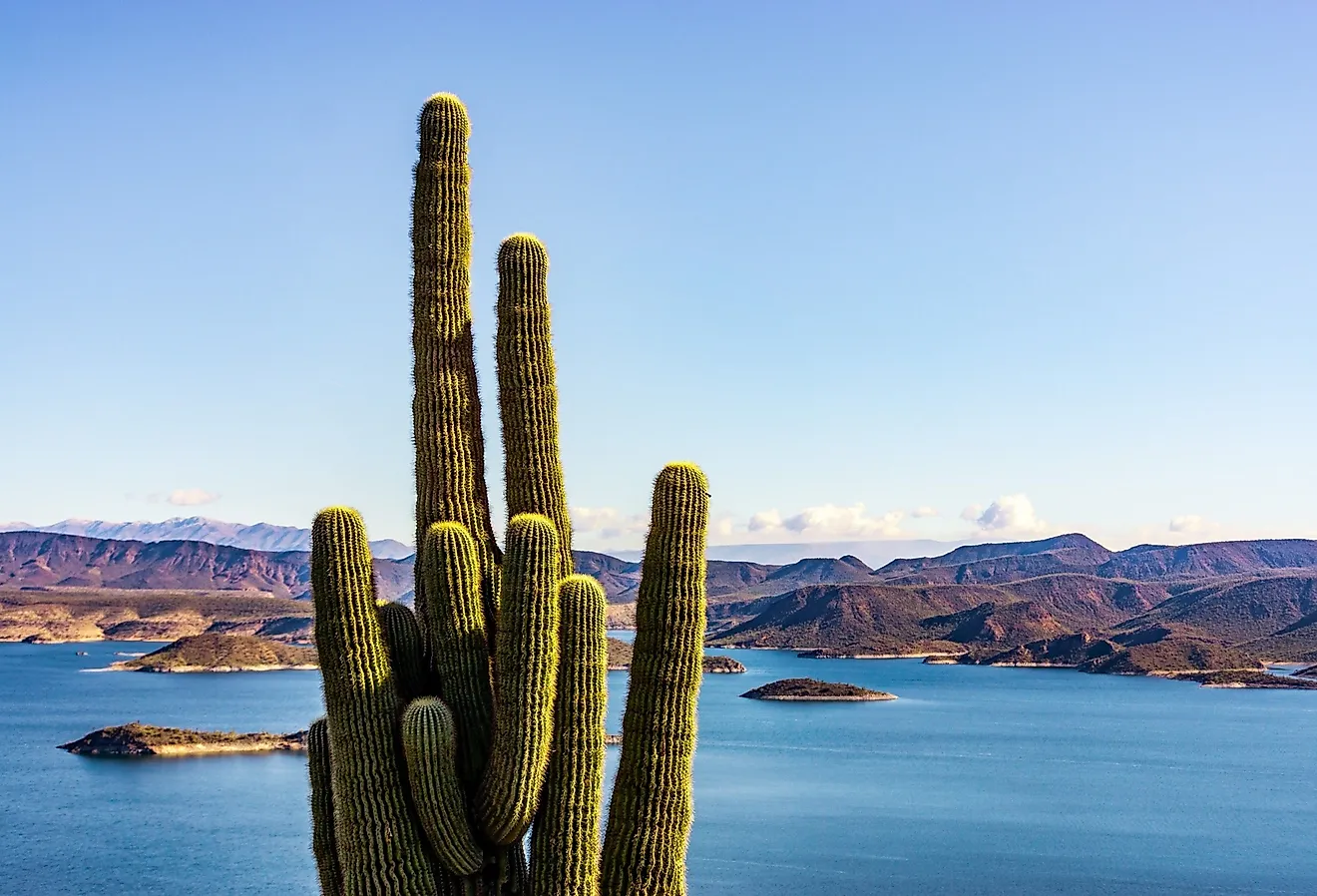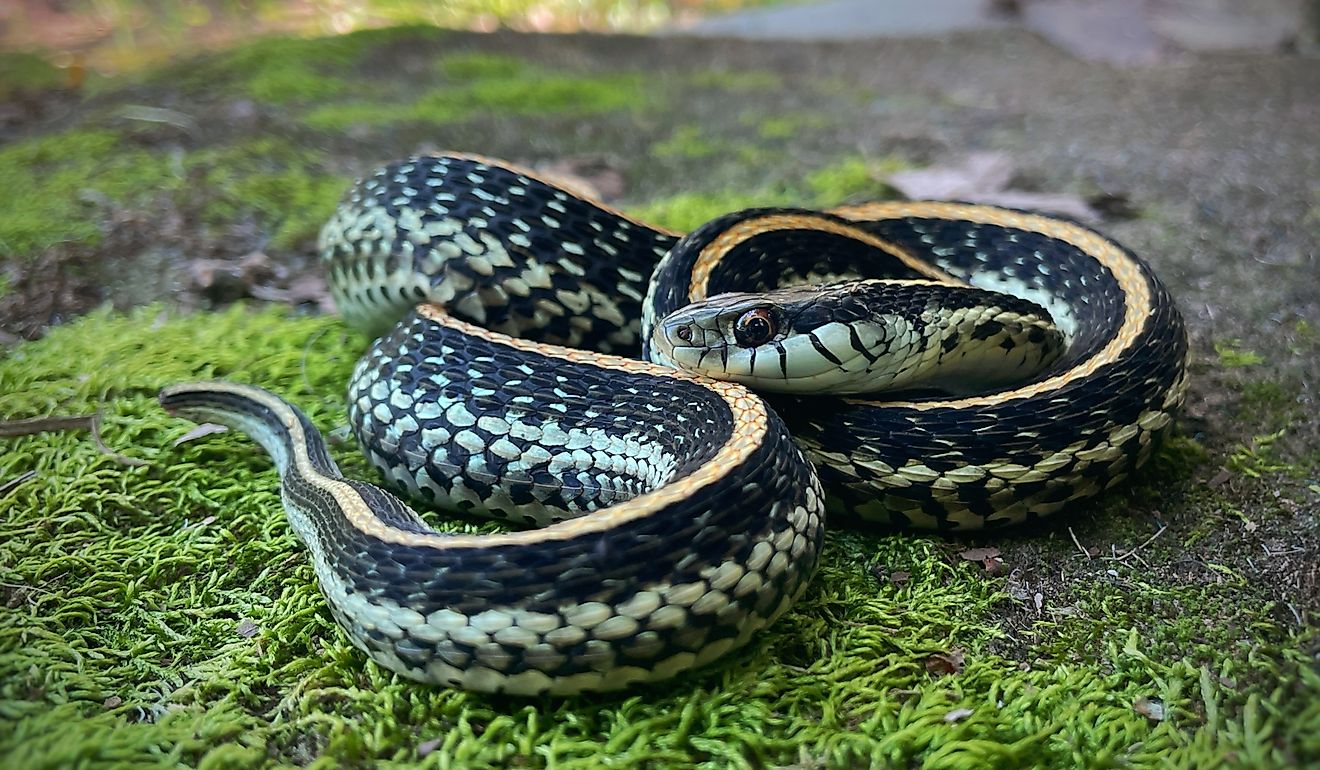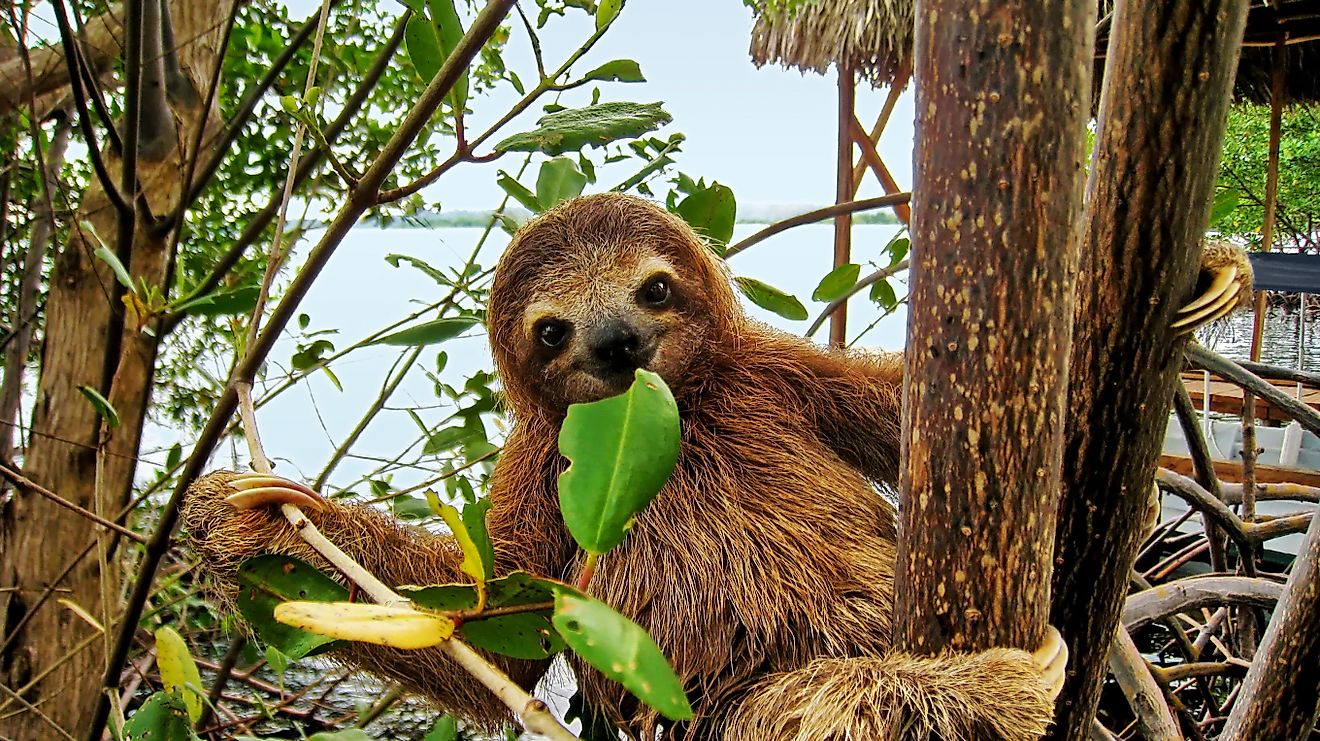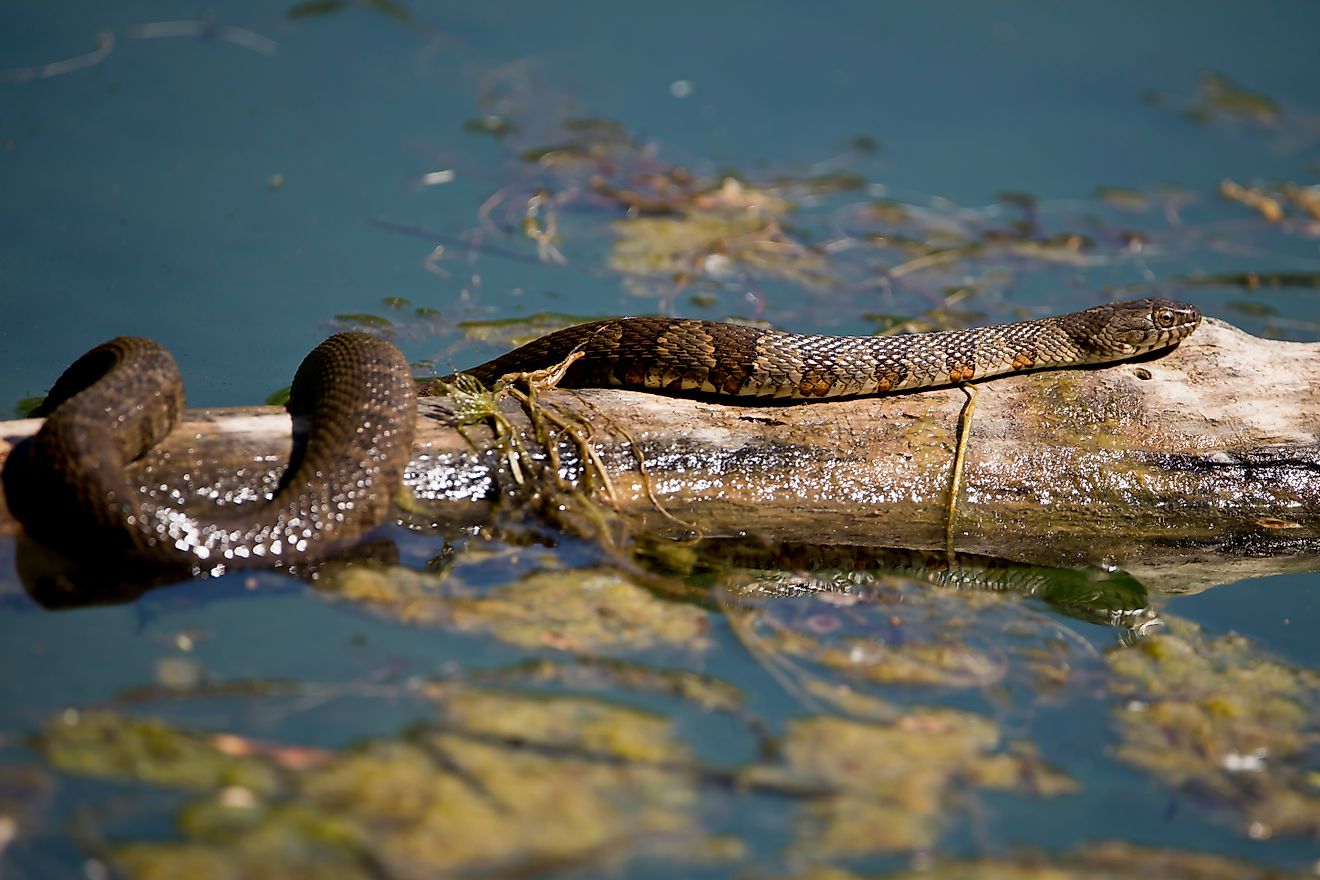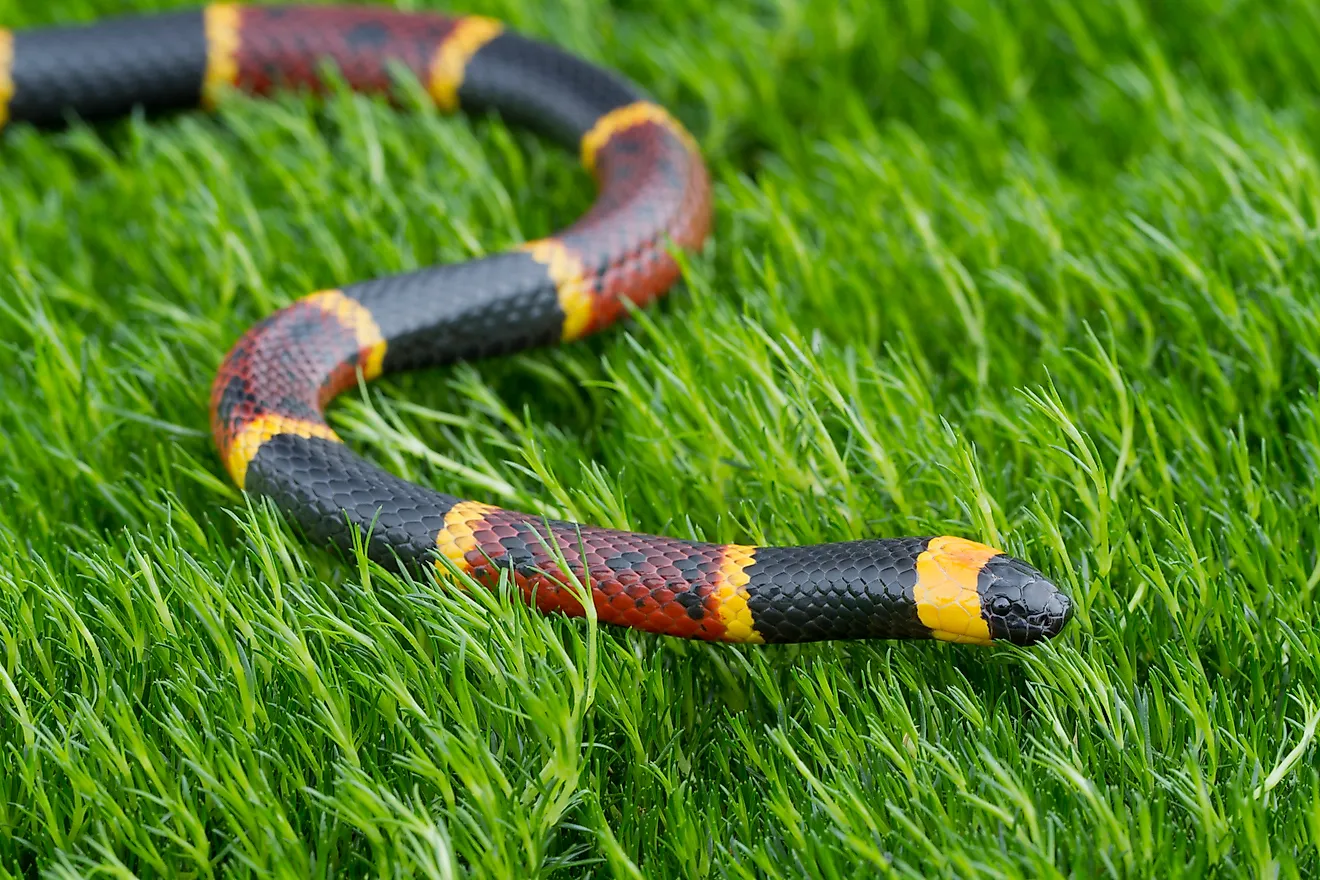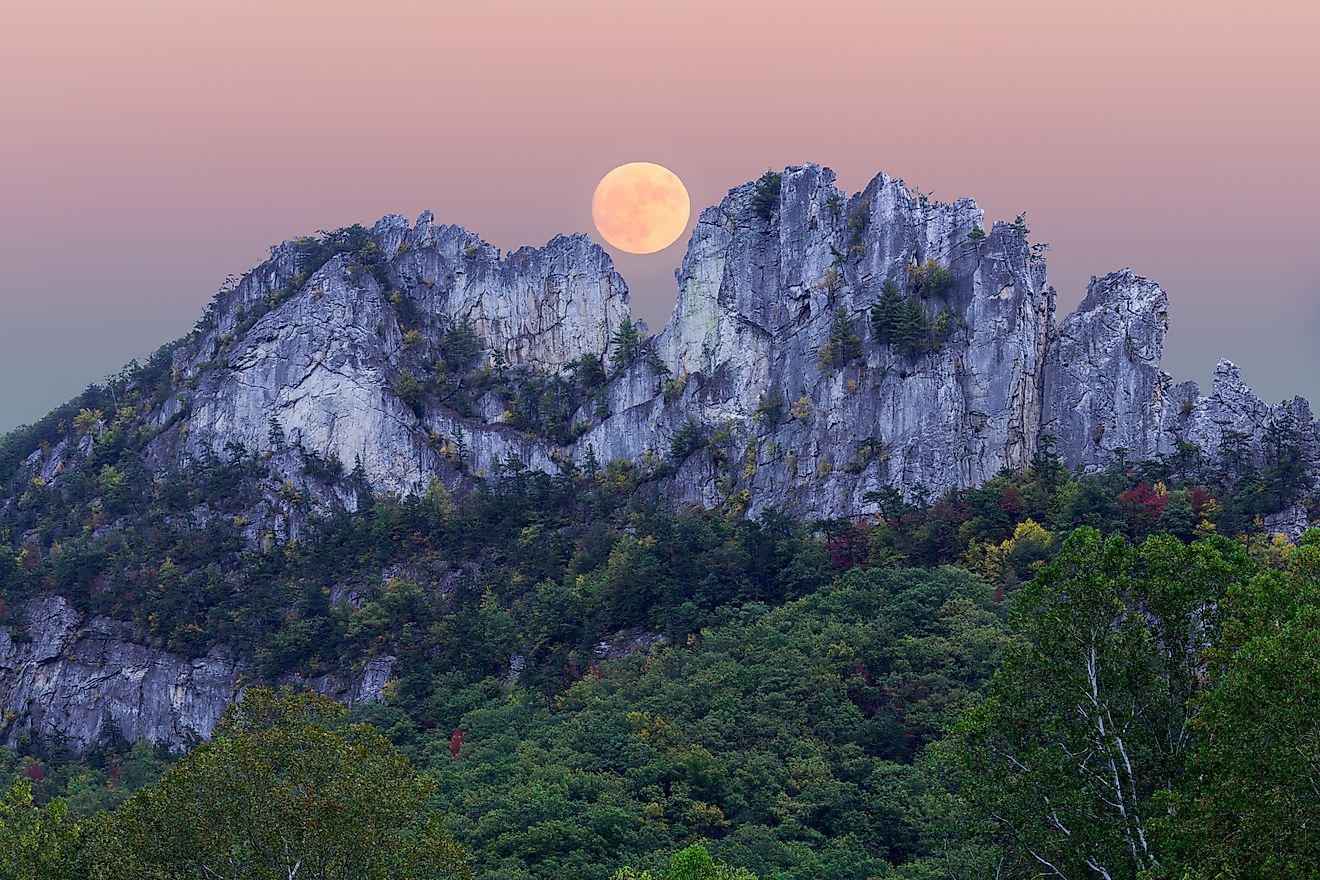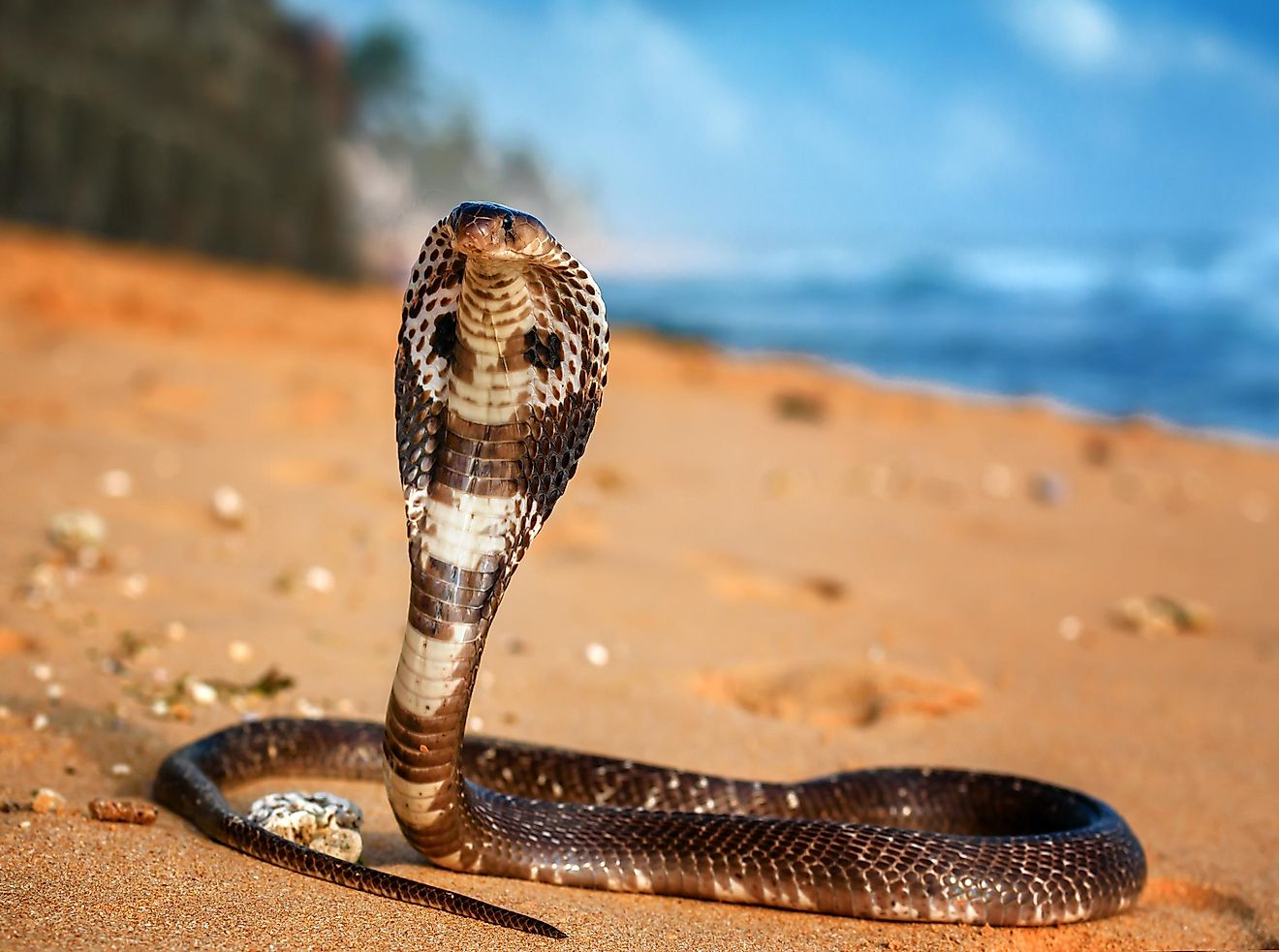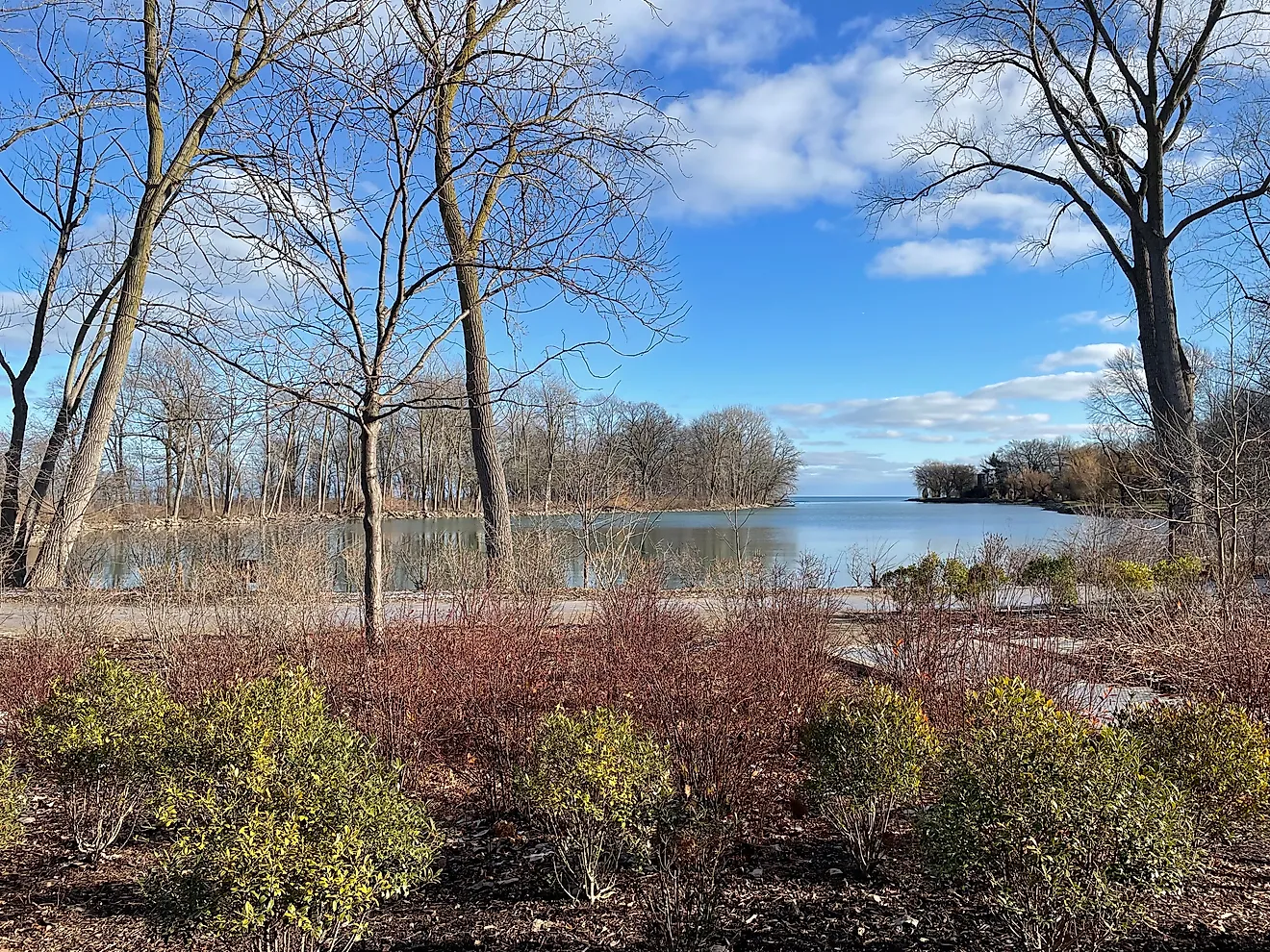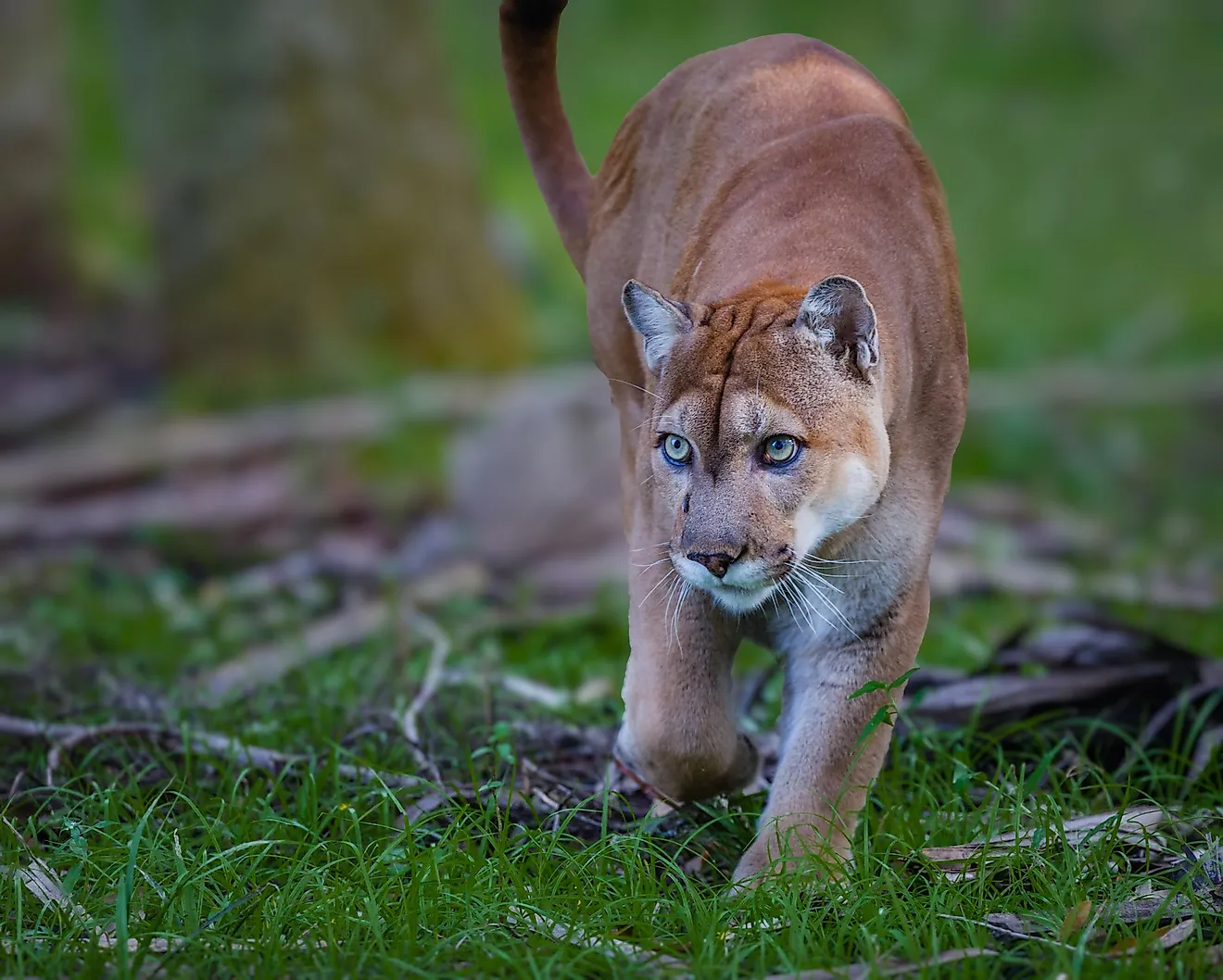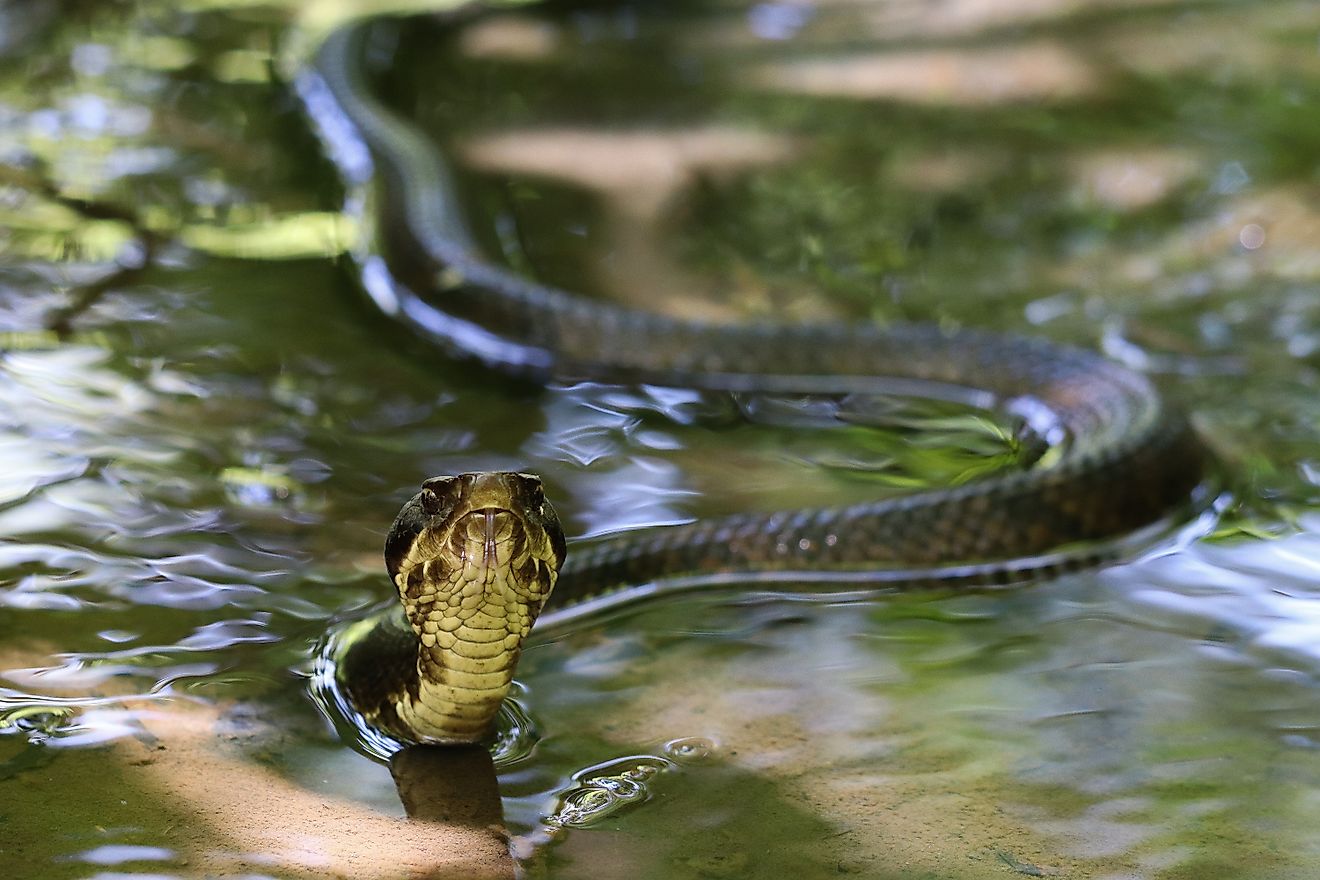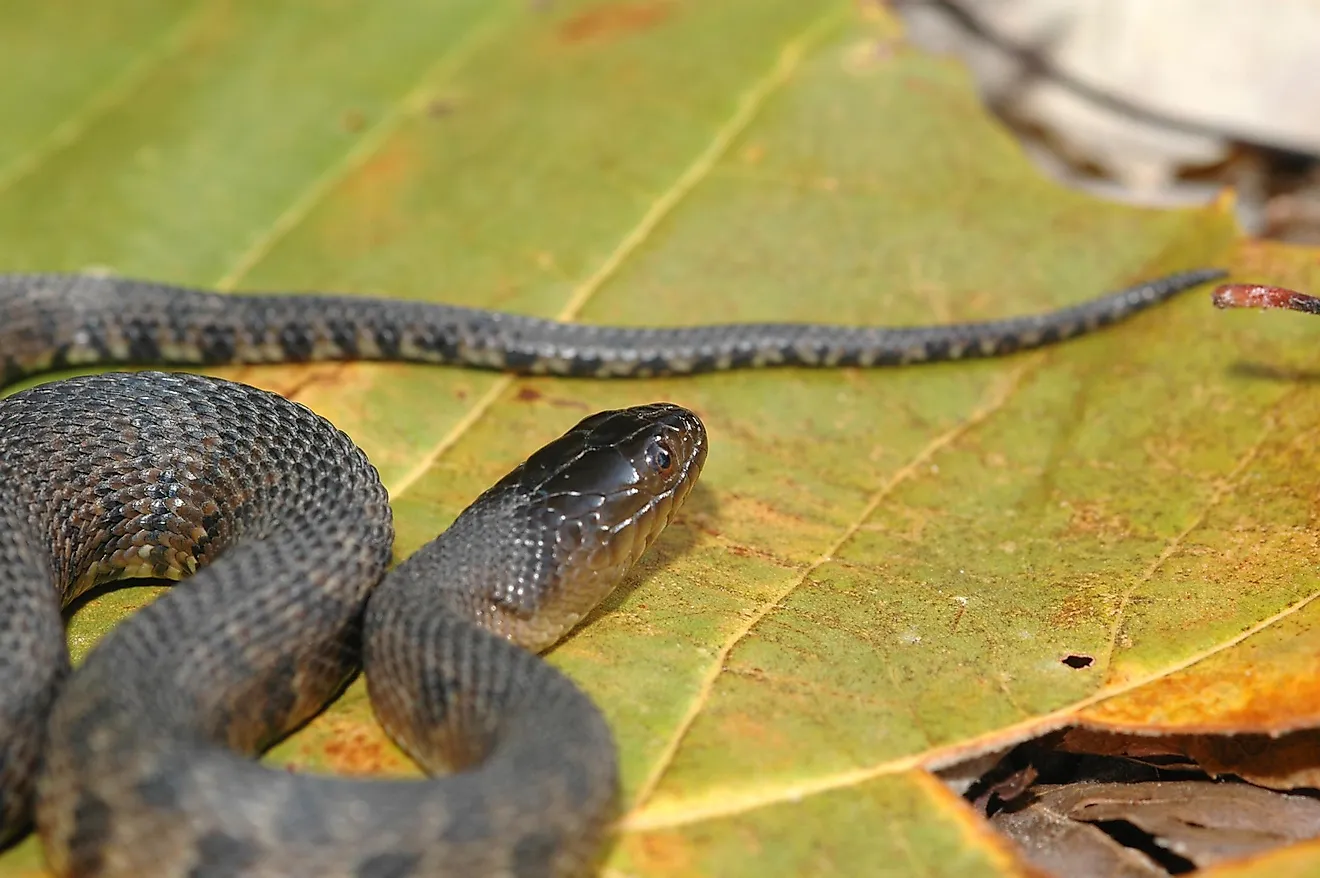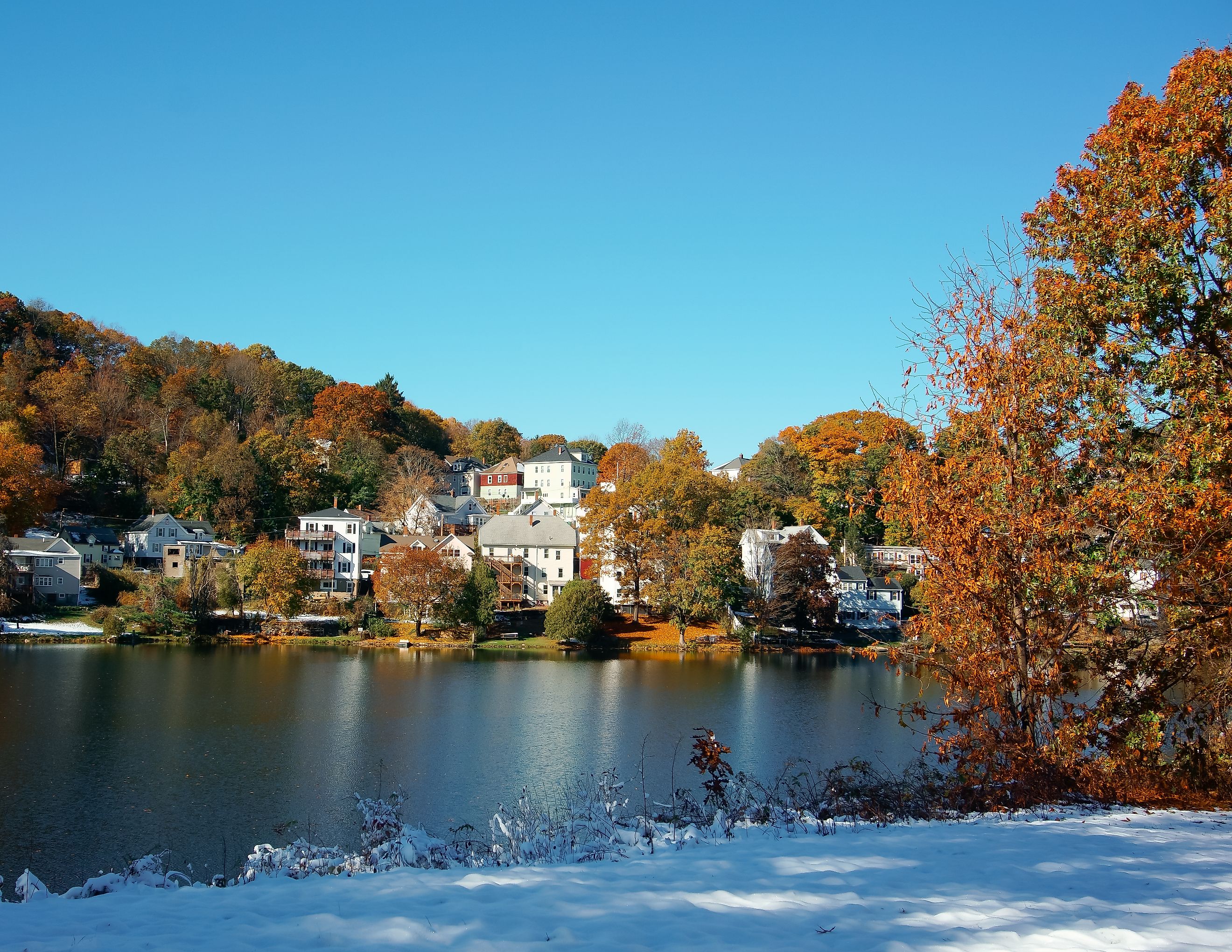
The Most Snake Infested Lakes in Massachusetts
Massachusetts is home to an impressive diversity of wildlife, including 14 species of snakes. Deepening your appreciation for nature allows for more peace of mind by learning to identify more of the snakes that could be seen in your own backyard. Only two of the 14 types of snakes in Massachusetts are venomous: the timber rattlesnake and the northern copperhead. Both live in only a few areas of the state and are listed as endangered species. Along with residential neighborhoods in Massachusetts, where they sometimes turn up in yards and basements, native snakes occupy many habitats, including fields, forests, wetlands, ponds, lakes, streams, rocky hillsides, farmland, and vacant lots. Specifically, snakes certainly frequent the state's lakes, with some more snake-infested than others.
Quabbins Reservoir
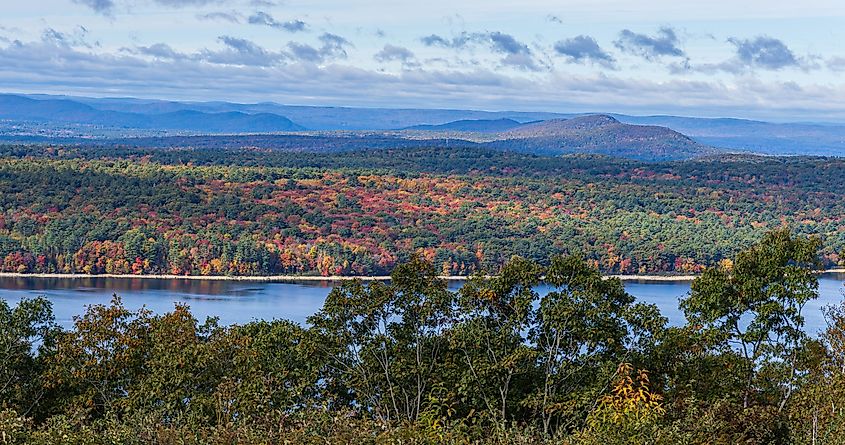
As the largest inland body of water in Massachusetts, Quabbin Reservoir serves as the primary water supply for Boston. Quabbin Reservoir is home to nearly all of Massachusetts’s 14 snake species. The Quabbin Reservoir, surrounded by over 81,000 acres of protected forest that limit human activity and reduce habitat destruction, provides a haven for snakes while supporting nearly all of the state's snake species with its expansive and diverse habitats. Common sightings include northern watersnakes and eastern garter snakes.
Other species are also present, such as ring-necked snakes, red-bellied snakes, eastern milksnakes, and black racers. However, the most common snakes at this reservoir are northern watersnakes and eastern garter snakes.
Assabet River

The Assabet River's marshes, woods, and flowing waterways are home to a wide variety of animals, including fish, amphibians, birds, reptiles, insects, and mammals. One of the best places to experience this natural abundance is the Assabet River National Wildlife Refuge, a hidden gem outside Boston.
This vast area, which was formerly a U.S. Army training site, now has more than 15 miles of picturesque paths winding across diverse terrain. The northern water snake, which is commonly seen along the riverbanks, is one of the many species that live here.
Spot Pond
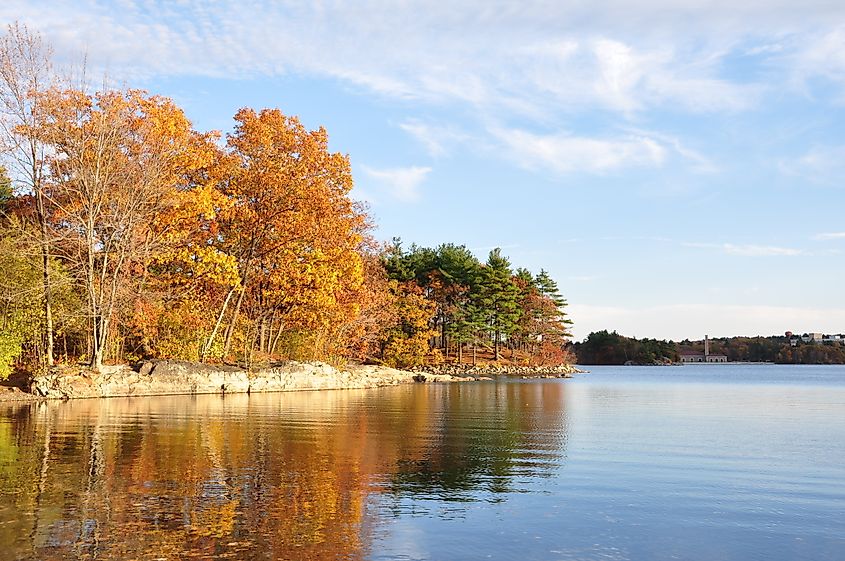
Spot Pond is a sizable body of water with opportunities for various outdoor activities, like boating, fishing, hiking, and camping. Once a water source for local shoe and rubber factories, it has become a popular natural attraction for visitors. The variety of habitats surrounding the pond supports a flourishing snake population.
With several miles of varied shoreline and dense forests, it provides ideal conditions for garter snakes, common watersnakes, eastern milksnakes, Dekay’s brown snakes, and red-bellied snakes. These reptiles are frequently seen gliding over the water, slithering through the underbrush, or lounging on rocks during the warmer months.
Wachusett Reservoir

The second-largest freshwater reservoir in Massachusetts, Wachusett Reservoir, is carefully maintained by the Department of Conservation and Recreation (DCR) and is essential to the water supply of Greater Boston. The reservoir provides a rich habitat for wildlife, with several small islands serving as important breeding sites for loons and gulls.
Typical reservoir plantings, such as thick stands of red pine that provide habitat for numerous species, dominate the surrounding area. Along with its bird residents, Wachusett Reservoir is home to a variety of snakes. Common garter snakes, common watersnakes, eastern milksnakes, and Dekay’s brownsnakes live in the reservoir’s mix of wetlands, forested edges, and rocky outcrops.
Great Meadows National Wildlife Refuge
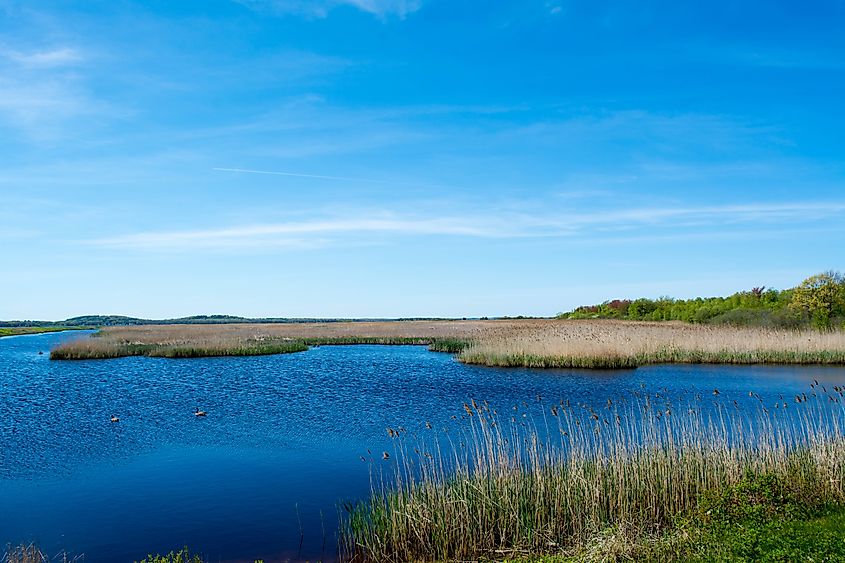
A major wildlife sanctuary, the Great Meadows National Wildlife Refuge is situated in eastern Massachusetts and is centered around two small lakes that were previously improved by earthen dams to maintain habitats for waterfowl. These water bodies, along with the refuge’s expansive freshwater wetlands, provide ideal conditions for various species, including the northern watersnake, eastern garter snake, and eastern milksnake.
Other commonly spotted reptiles include the northern watersnake and snapping turtle. The refuge’s wetlands also sustain a variety of mammals, including muskrats, otters, and minks, which can often be seen along the banks or swimming through the waterways.
Understanding Snake Habitats in Massachusetts Lakes
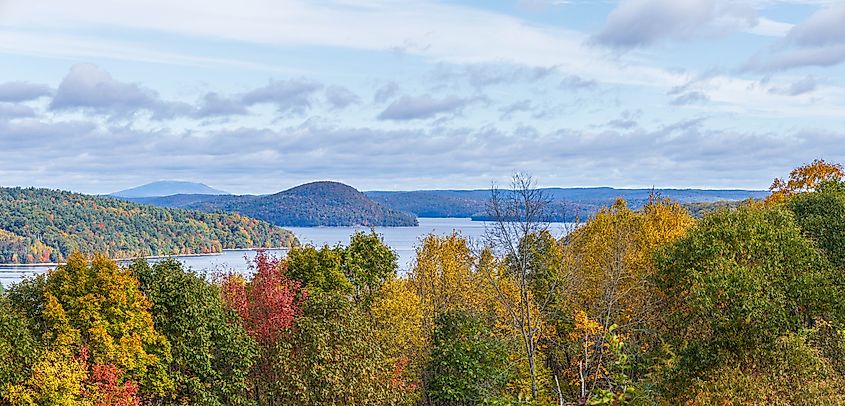
Quabbin Reservoir in Massachusetts during autumn.
While it is understandable how the thought of "snake-infested" lakes may be unsettling, native snake species in Massachusetts are essential to preserving ecological harmony. From the expansive Quabbin Reservoir to the Great Meadows National Wildlife Refuge wetlands, these lakes and waterways are the preferred habitats for the snake species that call Massachusetts home. For those who are not the biggest fans of the fearsome reptiles, it’s crucial to remember that these snakes typically avoid human interaction and are more interested in hunting for their next meal than acknowledging people nearby. Whether an avid wildlife observer or simply having a relaxing day by the water, understanding the value of these reptiles ensures a safer and more enjoyable visit to Massachusetts’ great outdoors.
